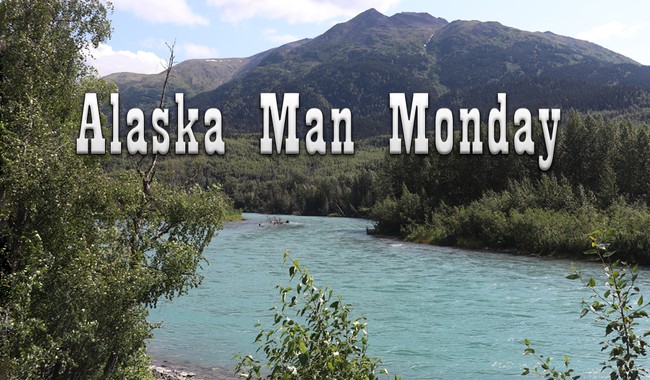
It has really been a weird winter here in our corner of the Great Land. Normally we have snow measured in feet piled up in the yard by New Year’s Day, but between light snowfalls and unseasonably warm temps, we have less than a foot.
Advertisement
A lot of us are wondering when the other shoe is going to drop.
In fact, one shoe may have already done so in the form of a windstorm; this is why our power was out for 24 hours.
Here’s a list of peak wind gusts measured at various locations by the National Weather Service across Southcentral Alaska in Sunday’s storm. Crews were working Sunday evening to restore electricity to thousands of people in Anchorage and the Mat-Su.
Gusts of more than 60 mph were recorded at various locations across the region, with gusts exceeding 80 mph at several locations on the Anchorage Hillside and higher elevations.
The readings were collected from a variety of sources with varying equipment and exposures, the weather service noted. Not all data listed are considered official, the weather service said. See the full list here.
Holy smokes. Gusts of up to 100mph in Anchorage and the Mat-Su. Fifteen thousand households without power. We were without grid power for 24 hours; one of our friends who lives up towards Hatcher Pass was out for three days. Now, in the aftermath, pretty much everyone is back up to snuff, thanks to the crews at the Matanuska Electrical Association (MEA.) The MEA is a co-op owned by the subscribers, and they have some dedicated workers, you have to give them that; they were out there in wind and rain, in freezing temperatures, and boy did they ever get the job done.
Advertisement
Alaska Man score: 5 moose nuggets. These people are heroes.
See Related: Weather Warning: Baby It’s (Going to Be) Cold Outside
Now, this isn’t just an Alaska problem, but, well, our moose are bigger. And when you hit one with your car or truck, it’s bad.
So Alaska’s DOT, with some federal help, is going to look into some ways to mitigate the possibility of Alaskan drivers crunching a giant cervid.
The U.S. Transportation Department gave the state a $626,659 grant in December to conduct a wildlife-vehicle collision study along the Glenn Highway corridor stretching between Anchorage’s Airport Heights neighborhood to the Glenn-Parks Highway interchange.
Over 30,000 residents drive the highway each way daily.
Mark Eisenman, the Anchorage area planner for the department, hopes the study will help generate new ideas to reduce wildlife crashes on the Glenn Highway.
“That’s one of the things we’re hoping to get out of this is to also have the study look at what’s been done, not just nationwide, but maybe worldwide,” Eisenman said. “Maybe where the best spot for a wildlife crossing would be, or is a wildlife crossing even the right mitigation strategy for these crashes?”
Advertisement
This, we must note, is for all wildlife. But moose, well, that’s the real problem.
Eisenman said the most common wildlife collisions are with moose. There were nine fatal moose-vehicle crashes on the highway between 2018 and 2023. DOT estimates Alaska experiences about 765 animal-vehicle collisions annually.
We’ve never had such an unfortunate moose-vehicle encounter. But there’s a first time for everything.
Alaska Man score: Withholding judgment for now. Let’s see if any of this actually works.
See Related: Alaska Man Monday – Money, Mysteries, and Moose
Now then, let’s talk about the new administration that is coming in today, Monday, and what difference this will make for Alaska.
